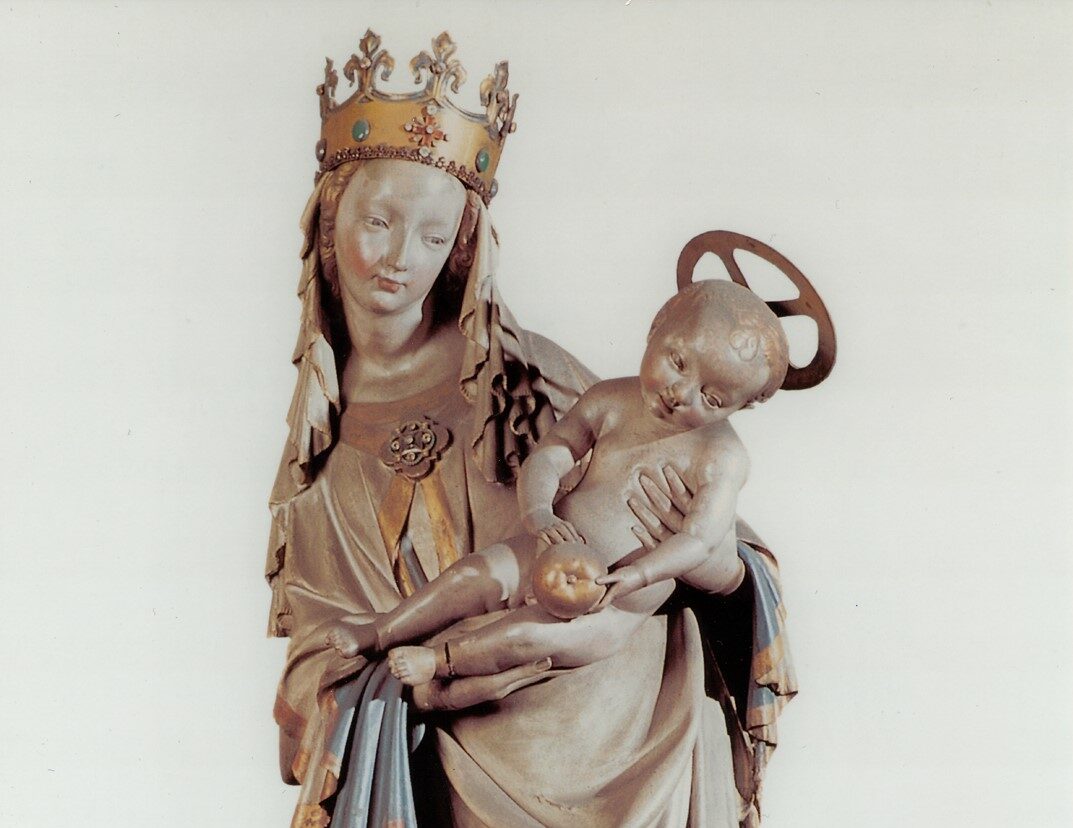Life for the blind is not just about learning routes and specific skills, it also includes culture and experiences. Thanks to the haptic exhibition in the cloister of the St. Agnes Monastery in Prague, they can at least get to know the work of sculptors and carvers during the Czech Middle Ages.
The National Gallery Prague owns a large collection of casts of sculptural works of Czech medieval art. More than a dozen works have been selected from them, illustrating the stylistic transformation of sculpture over several centuries - from the Romanesque period to the late Gothic. The collection on display depicts in copies stone sculptures and carvings whose originals mostly remained for centuries in the places for which they were created. This is the case, for example, with the portrait busts of Peter Parléř, Charles IV and Anna Svídnická from Prague's St. Vitus Cathedral, or one of the most famous Marian statues from the Beaux-Arts period, the Plzeň Madonna, which was created in Prague for the main altar of the Church of St. Bartholomew in Plzeň. Visitors can meet them and others, such as the torso of St. George fighting the dragon or the statue of the Lactating Madonna from Konopiště, in the gallery exhibition.
The exhibits have been chosen so that the visitor can follow the stylistic transformation of sculpture over several centuries, from the oldest surviving monuments such as the late Romanesque relief from St.George's Basilica, the head of the Madonna of Prostějov or the statue of the Franciscan Madonna, through the works of the peak epoch of Charles IV's reign to the period of the so-called beautiful style around 1400 during the reign of Wenceslas IV.
The haptic exposition is located in the northern wing of the cloister of the St. Agnes of Bohemia Monastery. Each exhibit is accompanied by a text in enlarged font and a basic description in Braille. The exhibition is permanent, open all week except Mondays from 10 am to 6 pm.
ngprague.cz/ gnews.cz - HeK
PHOTO Pilsen Madonna - wikipedia



